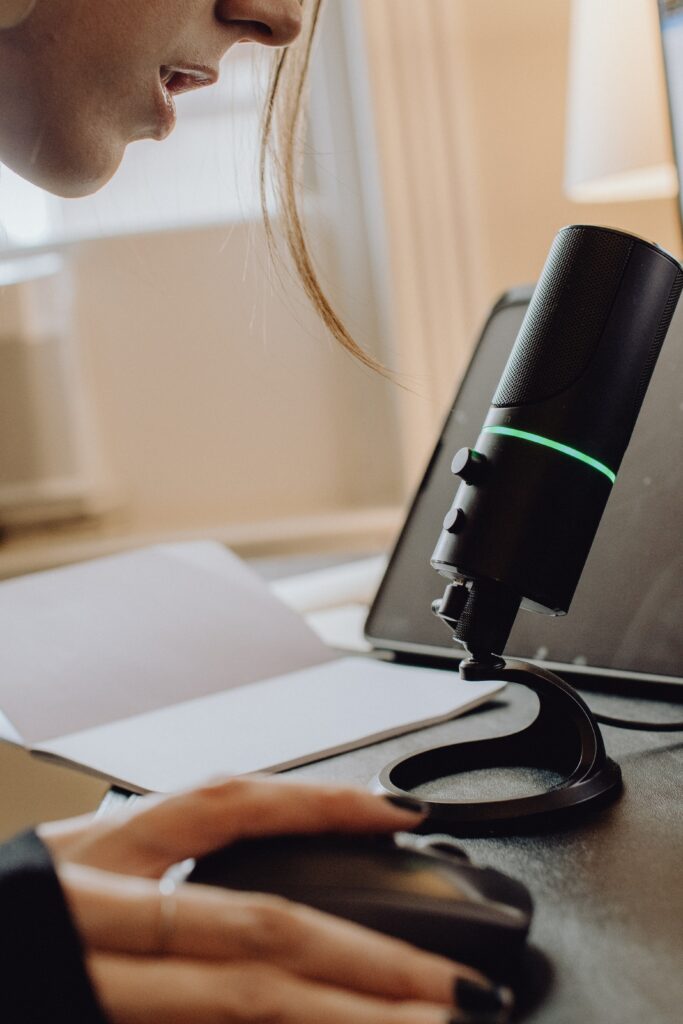This week we focused on exploring the various advancements in educational technology and discussed how we could incorporate such tools into our lesson plans and practices. We learned about SAMR, which is short for substitution, augmentation, modification, and redefinition, and how it is a model used to evaluate the integration of technology in the classroom. Given the importance of technology in our daily lives, I was happy to dive deeper and learn more about the different ways we can use technology to facilitate and promote learning, as this is an area that I will definitely need support in as a teacher. The model provides teachers with innovative ways to connect with students using technology. Our pod particularly focused on how using technological devices could be particularly useful in an English class, as they provide a great means to shift from the traditional methods of strictly teaching using a traditional essay format. For example, we discussed how instead of writing an essay, a student could instead create a podcast or video using the same content, and this would be a substitute for the essay. Providing students with the option to produce a technological substitute for an assignment helps to cater to diverse learning preferences as students are given more agency of how they would like to share their knowledge and understanding.
I found the image provided in the slide deck by Sylvia Duckworth to be very helpful in explaining the SAMR model. I did some further digging and found out that Sylvia is an educator from Toronto and has written several books on how to integrate technology in the classroom through “sketchnoting.” In her book her book “How to Sketchnote: A Step-by-Step Manual for Teachers and Students,” she explains how sketchnoting is a beneficial tool to help students take better notes as it helps students to “see the bigger picture in the concepts they are studying, make connections in their learning, and display their learning process,” which ultimately helps students to retain information more effectively. Examples of Sylvia’s drawings in her book can be found here for reference.
It is important to note however that using technology will not always equate to an advantage in the classroom and sometimes I believe it is actually best to leave technology out of the picture for certain assignments. Since students are consumed with technology and are already spending so much of their time online and in front of screens, I think it is important for teachers to find ways to limit screen time and focus on building skills that do not require the need to use technology.

Leave a Reply
You must be logged in to post a comment.